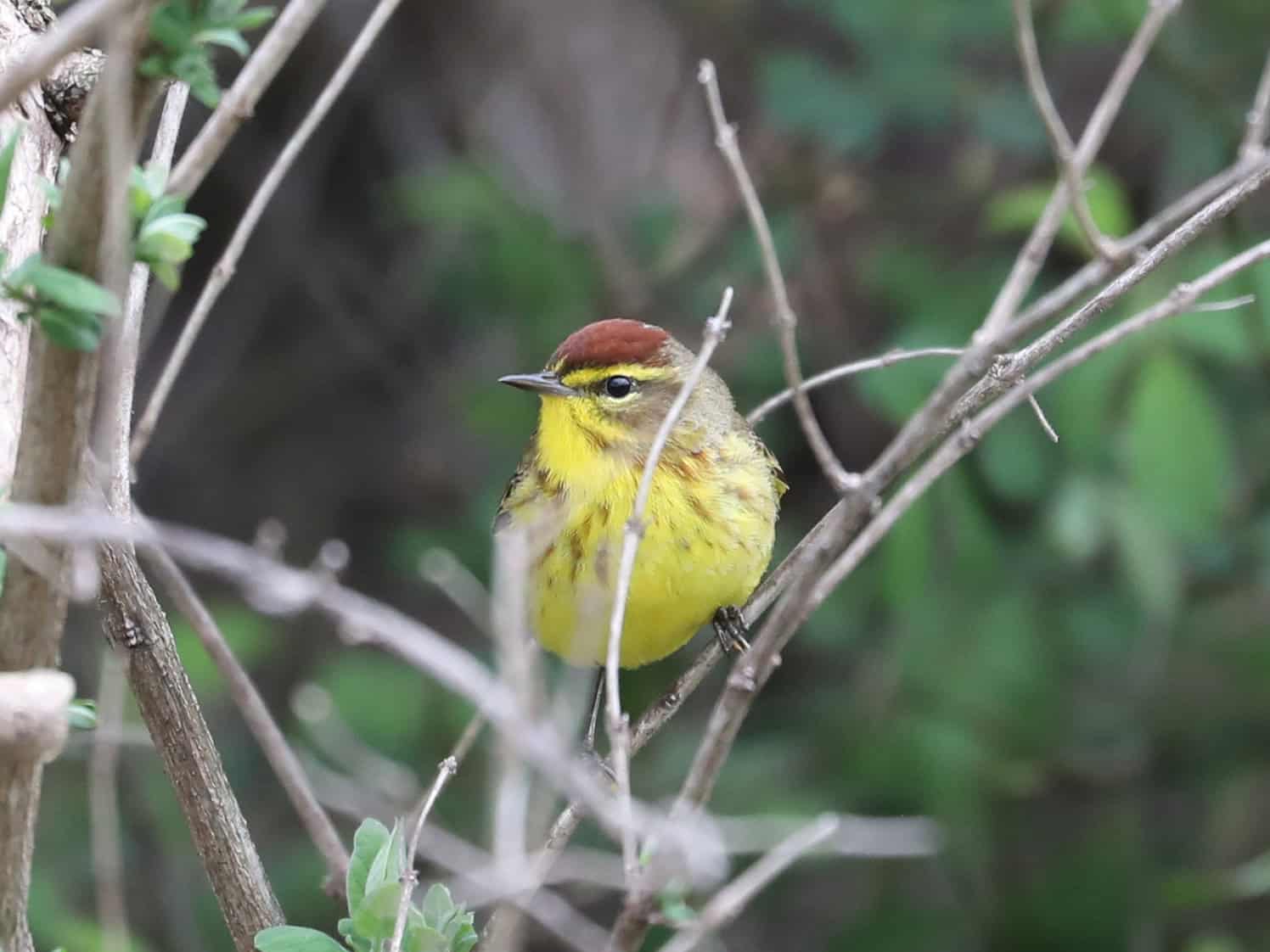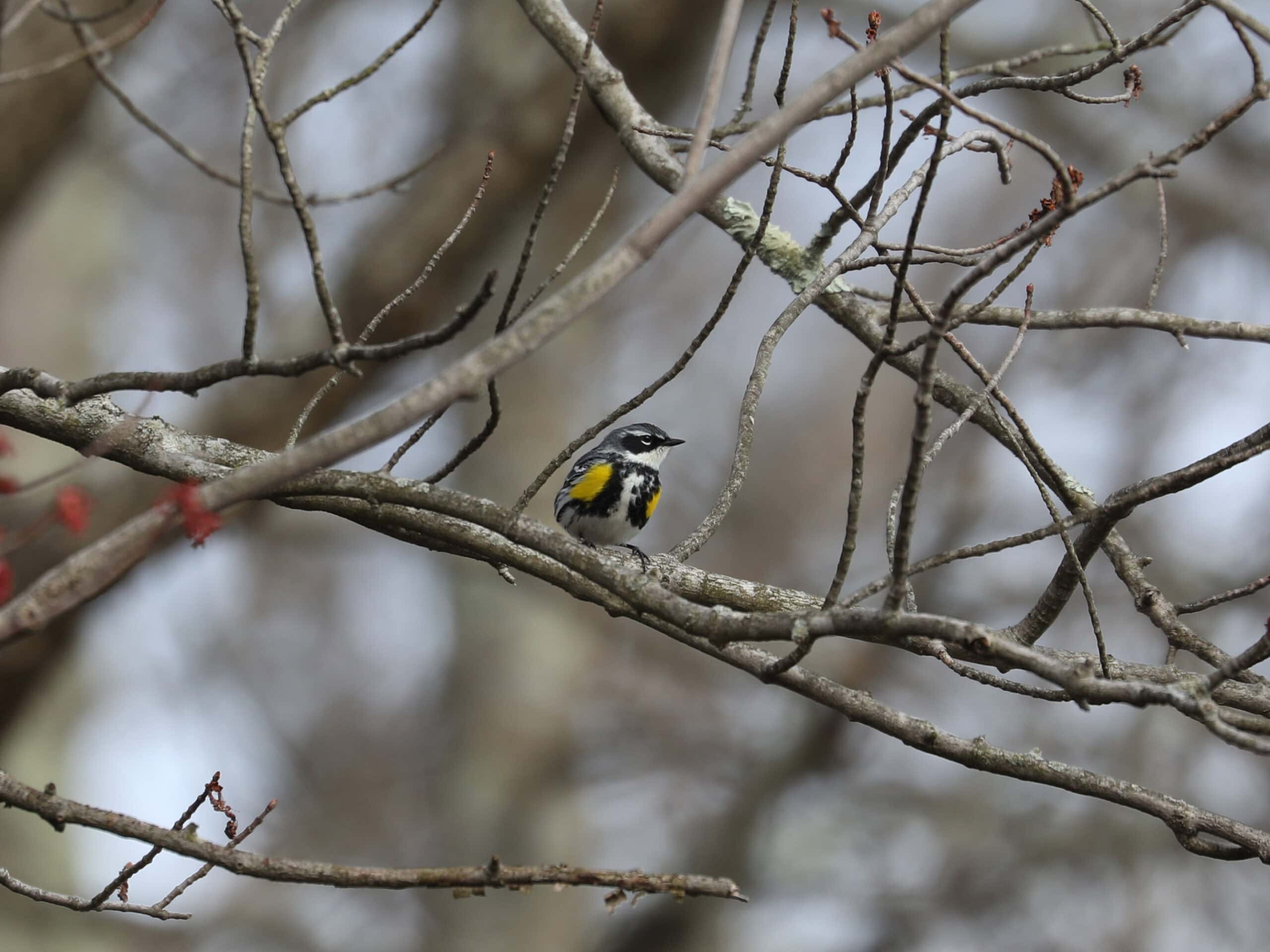Warbler Migration: Palm Warbler
The New World Warblers are a remarkably diverse family of birds, with 115 species in North and South America. About half of the warblers live year-round in the Tropics, but the other half fly north into North America for the breeding season. Although such a long migratory journey can be perilous, our migratory warblers brave the journey to earn some particular benefits during the nesting season, including:
- More space: North America is much bigger than Central America and South America. Migratory warblers have room to spread out and set up territories to ensure that they can find enough food to feed their nestlings.
- Fewer competitors: The Tropics are famously teeming with life. There are not as many other birds competing for food for birds that fly farther north.
- More time: The farther you get from the Equator during the Northern Hemisphere summer, the more daylight you get during each day. Migratory warblers have more time to search for the caterpillars needed by their demanding nestlings.
Warbler migration peaks in early May, but some earlier migrants are common in April, including this Palm Warbler I found in Lebanon County last week. Palm Warblers don’t nest here, so they’re just passing through. In winter, they live in parts of Central America, on several islands in the Caribbean Sea, and near the Atlantic and Gulf coasts in the southeastern United States. Most of them nest in southern Canada, but you can find them breeding in the United States in northern Maine and near Lake Superior in Wisconsin and Michigan.
Warbler Migration: Palm Warbler
The New World Warblers are a remarkably diverse family of birds, with 115 species in North and South America. About half of the warblers live year-round in the Tropics, but the other half fly north into North America for the breeding season. Although such a long migratory journey can be perilous, our migratory warblers brave the journey to earn some particular benefits during the nesting season, including:
- More space: North America is much bigger than Central America and South America. Migratory warblers have room to spread out and set up territories to ensure that they can find enough food to feed their nestlings.
- Fewer competitors: The Tropics are famously teeming with life. There are not as many other birds competing for food for birds that fly farther north.
- More time: The farther you get from the Equator during the Northern Hemisphere summer, the more daylight you get during each day. Migratory warblers have more time to search for the caterpillars needed by their demanding nestlings.
Warbler migration peaks in early May, but some earlier migrants are common in April, including this Palm Warbler I found in Lebanon County last week. Palm Warblers don’t nest here, so they’re just passing through. In winter, they live in parts of Central America, on several islands in the Caribbean Sea, and near the Atlantic and Gulf coasts in the southeastern United States. Most of them nest in southern Canada, but you can find them breeding in the United States in northern Maine and near Lake Superior in Wisconsin and Michigan.
About The Author
Dan Hinnebusch is the Ornithologist for Wild Birds Unlimited. Click to learn more.





